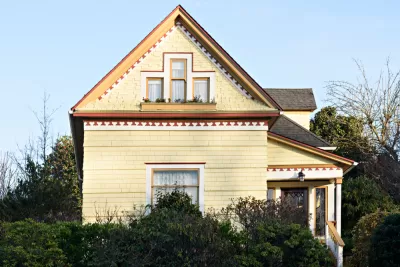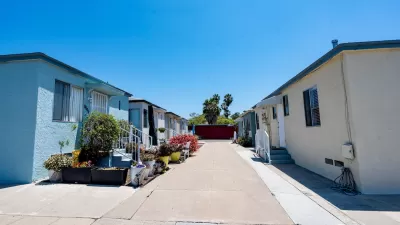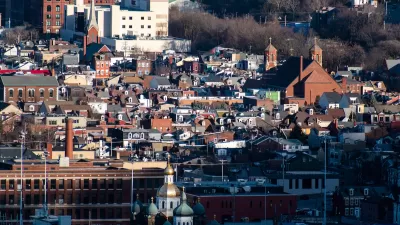For insights into the gentrification of U.S. urban areas, researchers studied high-income buyers of housing in lower-income neighborhoods. To slow gentrification, the housing supply must be boosted, say the researchers.

Recent research conducted by Laurie Goodman, Ellen Seidman, and Jun Zhu focused on the pace of gentrification in metropolitan statistical areas by measuring the rate at which high-income homeowners buy property in low-income neighborhoods based on 2018 Home Mortgage Disclosure Act and 2018 American Community Survey data.
"Our examination reveals that, in many MSAs, high housing costs—resulting from a lack of available housing—cause affluent buyers to look for homes in low- and moderate-income (LMI) neighborhoods. That means cities’ housing supply can determine how fast gentrification may occur. Boosting the supply of housing can slow the pace of new buyers moving into lower-income neighborhoods," say Goodman, Seidman, and Zhu.
A geographical analysis of high-income households in 20 largest U.S. metropolitan statistical areas found that Los Angeles had the highest rate of high-income mortgage borrowing for the purchase of housing in low-income neighborhoods in 2018 at just over 60%. In Chicago, a city with more affordable housing, that rate was only 21%. "Boosting the housing supply by easing local land use, building, and zoning restrictions and encouraging alternative forms of housing like manufactured housing and accessory dwelling units would make homes more affordable and allow more buyers at all income levels to find homes, slowing the pace of gentrification," according to the researchers.
FULL STORY: To Understand a City’s Pace of Gentrification, Look at Its Housing Supply

Alabama: Trump Terminates Settlements for Black Communities Harmed By Raw Sewage
Trump deemed the landmark civil rights agreement “illegal DEI and environmental justice policy.”

Study: Maui’s Plan to Convert Vacation Rentals to Long-Term Housing Could Cause Nearly $1 Billion Economic Loss
The plan would reduce visitor accommodation by 25% resulting in 1,900 jobs lost.

Planetizen Federal Action Tracker
A weekly monitor of how Trump’s orders and actions are impacting planners and planning in America.

Waymo Gets Permission to Map SF’s Market Street
If allowed to operate on the traffic-restricted street, Waymo’s autonomous taxis would have a leg up over ride-hailing competitors — and counter the city’s efforts to grow bike and pedestrian on the thoroughfare.

Parklet Symposium Highlights the Success of Shared Spaces
Parklets got a boost during the Covid-19 pandemic, when the concept was translated to outdoor dining programs that offered restaurants a lifeline during the shutdown.

Federal Homelessness Agency Places Entire Staff on Leave
The U.S. Interagency Council on Homelessness is the only federal agency dedicated to preventing and ending homelessness.
Urban Design for Planners 1: Software Tools
This six-course series explores essential urban design concepts using open source software and equips planners with the tools they need to participate fully in the urban design process.
Planning for Universal Design
Learn the tools for implementing Universal Design in planning regulations.
Caltrans
Smith Gee Studio
Institute for Housing and Urban Development Studies (IHS)
City of Grandview
Harvard GSD Executive Education
Toledo-Lucas County Plan Commissions
Salt Lake City
NYU Wagner Graduate School of Public Service





























